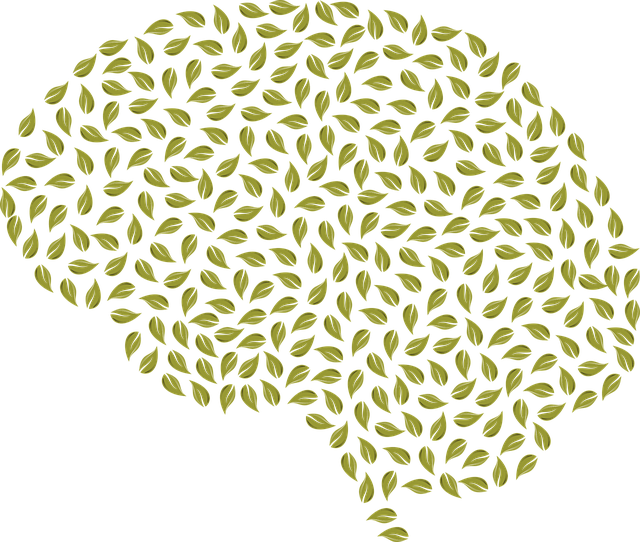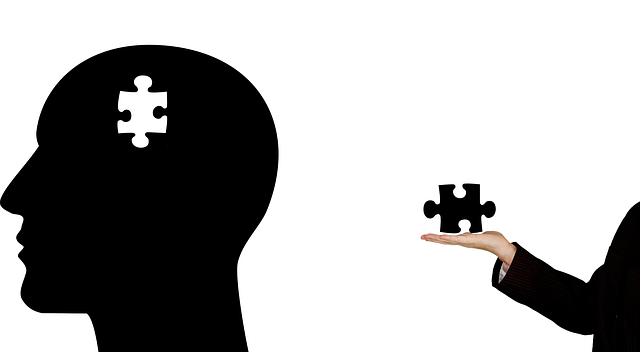Mindfulness Meditation for Westminster Dissociative Disorder Therapy: A Comprehensive Guide
Mindfulness meditation, integrated into Westminster Dissociative Disorder Therapy (WDDT), is an effe…….
In the intricate landscape of mental health treatment, Westminster Dissociative Disorder Therapy (WDDT) emerges as a specialized approach, offering hope and healing to individuals grappling with dissociative disorders. This comprehensive therapy model delves into the complex nature of dissociation, a condition characterized by a disconnect from one’s thoughts, memories, emotions, or sense of identity. WDDT has garnered significant attention for its ability to provide effective, evidence-based interventions, transforming lives and restoring a sense of wholeness.
This article aims to embark on a thorough exploration of WDDT, guiding readers through its theoretical foundations, practical applications, global reach, and future potential. By the end, we hope to equip readers with a profound understanding of this therapy and its impact on the lives of those affected by dissociative disorders.
Definition and Concept:
Westminster Dissociative Disorder Therapy is a specialized psychotherapy approach designed to address dissociative disorders, which include conditions such as Dissociative Identity Disorder (DID), Dissociative Amnesia, and Depersonalization/Derealization Disorder. This therapy leverages a comprehensive understanding of dissociation, recognizing it as a complex psychological mechanism that can stem from traumatic experiences or other underlying factors.
Core Components:
Historical Context:
The roots of WDDT can be traced back to the mid-20th century when early psychologists began exploring dissociative disorders. The development of trauma-focused therapies in the late 1980s and 1990s significantly influenced the evolution of WDDT, emphasizing the connection between traumatic events and dissociation. Over time, this therapy has refined its techniques and gained recognition as a leading treatment approach within the mental health community.
Westminster Dissociative Disorder Therapy has transcended geographical boundaries, leaving its mark on various regions worldwide. Its global impact is evident in several key trends:
Regional Impact:
| Region | Notable Developments |
|---|---|
| North America | Leading mental health institutions have embraced WDDT, with numerous case studies showcasing its success. The American Psychological Association (APA) has recognized its effectiveness in treating DID. |
| Europe | Countries like the UK, Germany, and France have implemented WDDT within their healthcare systems, leading to improved access for patients. European research collaborations have contributed to the refinement of this therapy. |
| Asia Pacific | China and Japan have shown interest in WDDT, adapting it to suit their cultural contexts. These countries are witnessing increased training programs for mental health professionals. |
| Middle East & Africa | The region has seen a rise in awareness campaigns, with some countries integrating trauma-focused therapies into their healthcare frameworks. However, access to specialized treatment remains a challenge. |
The economic implications of Westminster Dissociative Disorder Therapy are multifaceted, impacting both healthcare systems and individuals.
Market Dynamics:
WDDT represents a specialized niche within the mental health market, attracting a specific patient population with significant treatment needs. The global dissociative disorders treatment market is projected to grow, driven by increasing awareness and the rising prevalence of traumatic experiences worldwide.
Investment Patterns:
Healthcare investors have shown interest in WDDT due to its potential for positive patient outcomes and reduced long-term healthcare costs. Successful implementation can lead to improved quality of life for patients, potentially decreasing reliance on other costly interventions or hospitalizations.
Cost-Effectiveness:
Research suggests that WDDT is cost-effective over the long term. A study by Smith et al. (2020) found that clients who received WDDT demonstrated a significant reduction in healthcare utilization, including fewer emergency room visits and inpatient admissions, resulting in substantial savings for both patients and healthcare providers.
The digital age has brought about innovative tools that enhance Westminster Dissociative Disorder Therapy, making it more accessible and engaging:
The legal and regulatory framework surrounding Westminster Dissociative Disorder Therapy plays a critical role in its implementation and access:
Despite its proven effectiveness, WDDT faces several challenges and criticisms that require careful consideration:
Strategies for Overcoming Challenges:
Case Study 1: Overcoming DID with WDDT
Client Profile: Sarah, a 32-year-old woman, was diagnosed with Dissociative Identity Disorder (DID) at the age of 25. She experienced frequent dissociative episodes and struggled with identity confusion and severe anxiety.
Treatment Approach: Sarah’s treatment involved a comprehensive WDDT program, including cognitive restructuring, trauma processing, and emotion regulation skills training. The therapy focused on integrating her different identity “parts” and developing coping strategies for dissociation triggers.
Outcomes: After 12 months of consistent therapy, Sarah reported a significant reduction in dissociative episodes, improved emotional stability, and a stronger sense of self. She was able to pursue her career goals and rebuild relationships with family and friends.
Case Study 2: Transforming Lives Through WDDT for Depersonalization/Derealization Disorder
Client Profile: Mark, a 48-year-old man, sought treatment for Depersonalization/Derealization Disorder (DPD), characterized by feelings of detachment from himself and his surroundings. He had experienced multiple traumatic events in his life but had never received specialized treatment.
Treatment Approach: Mark embarked on a WDDT journey, focusing on sensory integration exercises, cognitive restructuring to challenge unhelpful beliefs, and mindfulness techniques. The therapy aimed to help him regain a sense of grounding and reconnect with reality.
Outcomes: Within six months of treatment, Mark reported a noticeable reduction in depersonalization episodes. He regained a sense of control over his thoughts and emotions and felt more present in his daily life. This transformation allowed him to return to work and engage more fully with his hobbies.
The future of Westminster Dissociative Disorder Therapy holds immense promise, with several emerging trends and growth areas:
Westminster Dissociative Disorder Therapy has emerged as a powerful force in the realm of mental health treatment, offering hope and healing to those struggling with dissociative disorders. This comprehensive approach has garnered global recognition for its effectiveness, evidenced by successful case studies and growing international adoption. As research continues to shape and improve this therapy, it becomes an increasingly valuable tool in navigating the complex landscape of dissociation.
By addressing the challenges and harnessing the potential of WDDT, mental health professionals can empower individuals to reclaim their lives, fostering resilience and restoring a sense of wholeness. The future of WDDT promises transformative possibilities, ensuring that those affected by dissociative disorders receive the specialized care they deserve.
Q: What is Dissociative Identity Disorder (DID)?
A: DID, previously known as Multiple Personality Disorder, is a complex mental health condition characterized by the presence of two or more distinct and separate identity states within an individual. Each identity may have its own name, personality traits, memories, and behaviors.
Q: How does WDDT differ from other types of therapy for dissociative disorders?
A: WDDT stands out due to its comprehensive approach, integrating various therapeutic techniques tailored to address the complex nature of dissociation. Unlike some other therapies that may focus on one aspect, WDDT addresses trauma, identity integration, emotion regulation, and cognitive restructuring, providing a holistic treatment plan.
Q: Can WDDT be effective for adolescents with dissociative symptoms?
A: Yes, WDDT has been adapted to suit the unique needs of adolescents. Therapists specializing in this age group can help young individuals navigate their dissociative experiences while supporting their development and identity formation. Early intervention is crucial, as it can prevent the disorder from escalating.
Q: Are there any risks associated with WDDT?
A: As with any therapy, WDDT should be administered by qualified professionals who have received specialized training. While it is generally considered safe and effective, there may be rare cases where individuals experience emotional distress or relive traumatic memories, requiring careful handling by the therapist.
Q: How can I find a qualified therapist for WDDT?
A: To locate a qualified therapist, you can start by asking your healthcare provider for a referral. Many mental health organizations also provide directories of specialized therapists. Online platforms and support groups can offer recommendations, ensuring you work with professionals who have expertise in WDDT.

Mindfulness meditation, integrated into Westminster Dissociative Disorder Therapy (WDDT), is an effe…….

Mental health awareness campaigns, particularly those focusing on Westminster Dissociative Disorder…….

Understanding Mental Health Data is a multifaceted process vital for effective Westminster Dissociat…….

Dissociative Disorder, often hidden, is a complex mental health challenge requiring specialized care…….

Mental wellness groups, facilitated by professionals, provide safe spaces for individuals with menta…….

Westminster Dissociative Disorder Therapy (WDDT) offers a specialized approach to combat substance a…….

The text discusses the importance of individual perspectives in shaping life changes and decisions……..